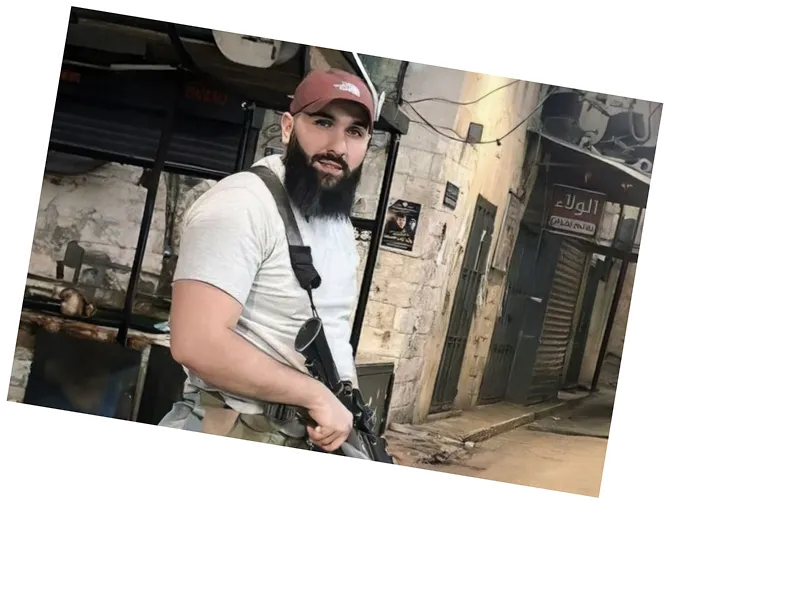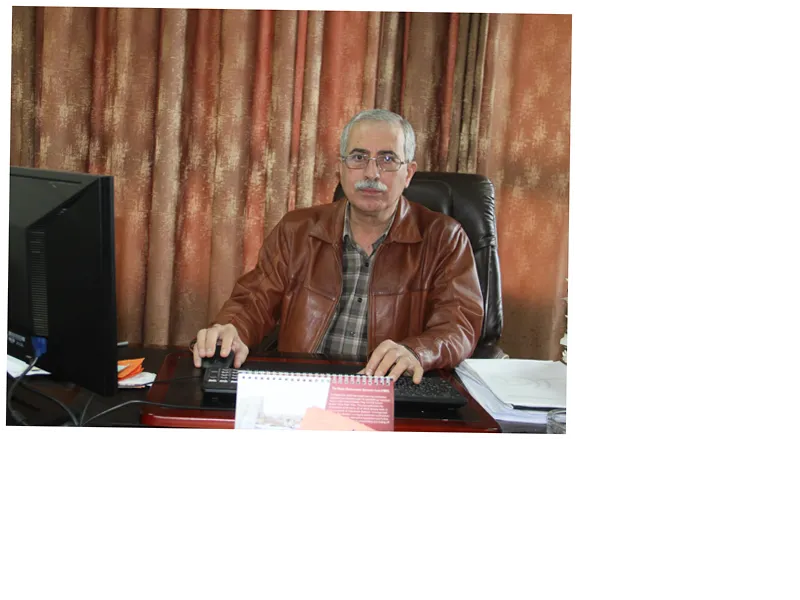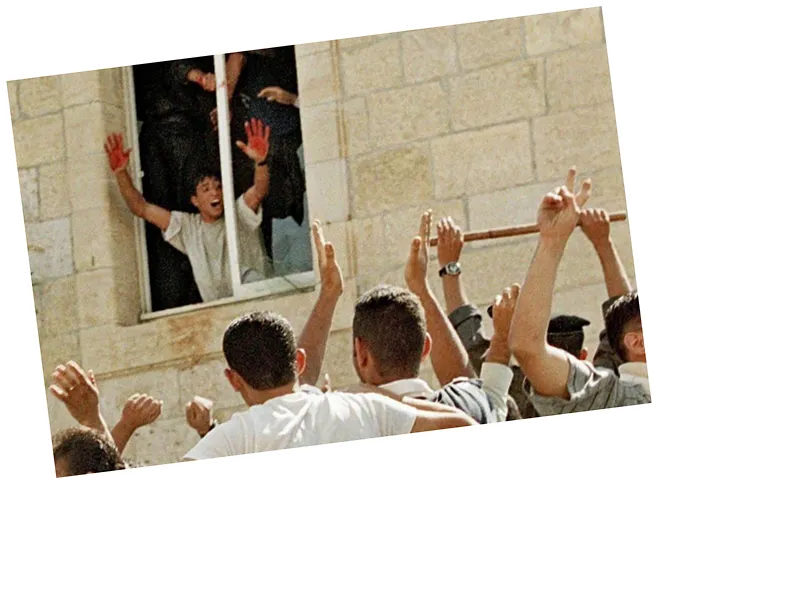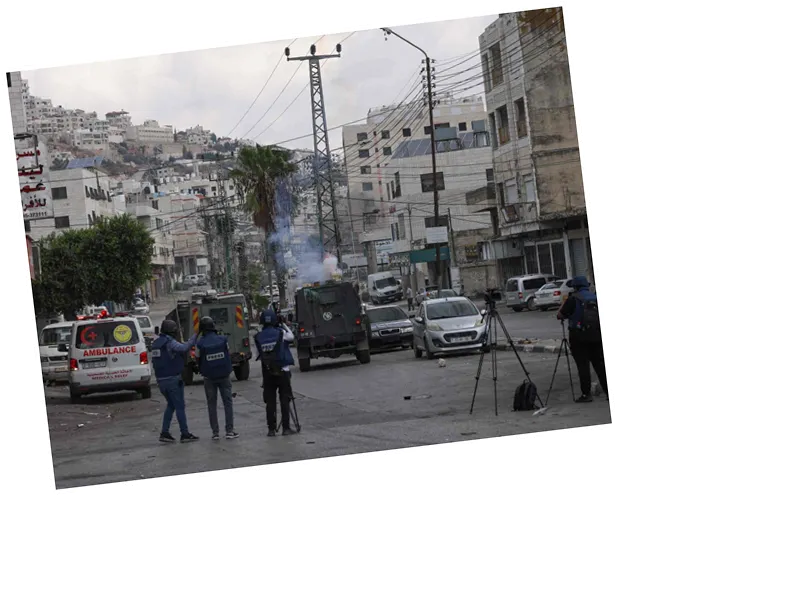Abdul Hakim Shaheen: A Martyr of Resistance in Nablus
The recent death of Abdul Hakim Shaheen, a prominent figure in the Palestinian resistance, has sparked significant outrage and mourning among various factions in the region. Shaheen, who was pursued by the Palestinian Authority (PA) security forces, ultimately succumbed to injuries sustained during clashes with Israeli occupation forces in the Old City of Nablus. His martyrdom has been officially recognized by Hamas and the Al-Quds Brigades, highlighting his leadership role in the ongoing struggle against occupation.
Hamas described Shaheen as a Mujahid who unified resistance efforts across the West Bank, particularly in Nablus. His last moments were marked by a fierce confrontation with occupation forces, during which he reportedly stated that his rifle was aimed solely at the occupiers, not at his fellow Palestinians. This sentiment underscores the deep divisions within Palestinian society regarding the role of the PA and its security forces in the broader struggle for liberation.
Witnesses report that alongside Shaheen, two others were also killed during the clashes, including Diaa Hani Duikat from the Nablus Battalion. The Palestinian Ministry of Health confirmed that Shaheen died from his wounds sustained in the armed conflict, which erupted after PA forces attempted to arrest him. This incident has reignited discussions on the complex dynamics between various Palestinian factions and the ongoing conflict with Israeli forces.
In a video posted shortly before his death, Shaheen condemned the PA's actions, asserting that he would not turn his weapon against Palestinian security forces, but rather against the Israeli military. His refusal to surrender and accept the PA's offer to work within the security services further illustrates the tensions between resistance fighters and the Palestinian Authority, which some view as collaborating with Israeli forces.
The aftermath of Shaheen's death has prompted reactions across social media and among Palestinian leadership, with calls for unity in the face of occupation. His legacy as a unifier of resistance efforts in Jenin, Tulkarm, and Balata camp is likely to inspire future generations of fighters committed to the Palestinian cause.





